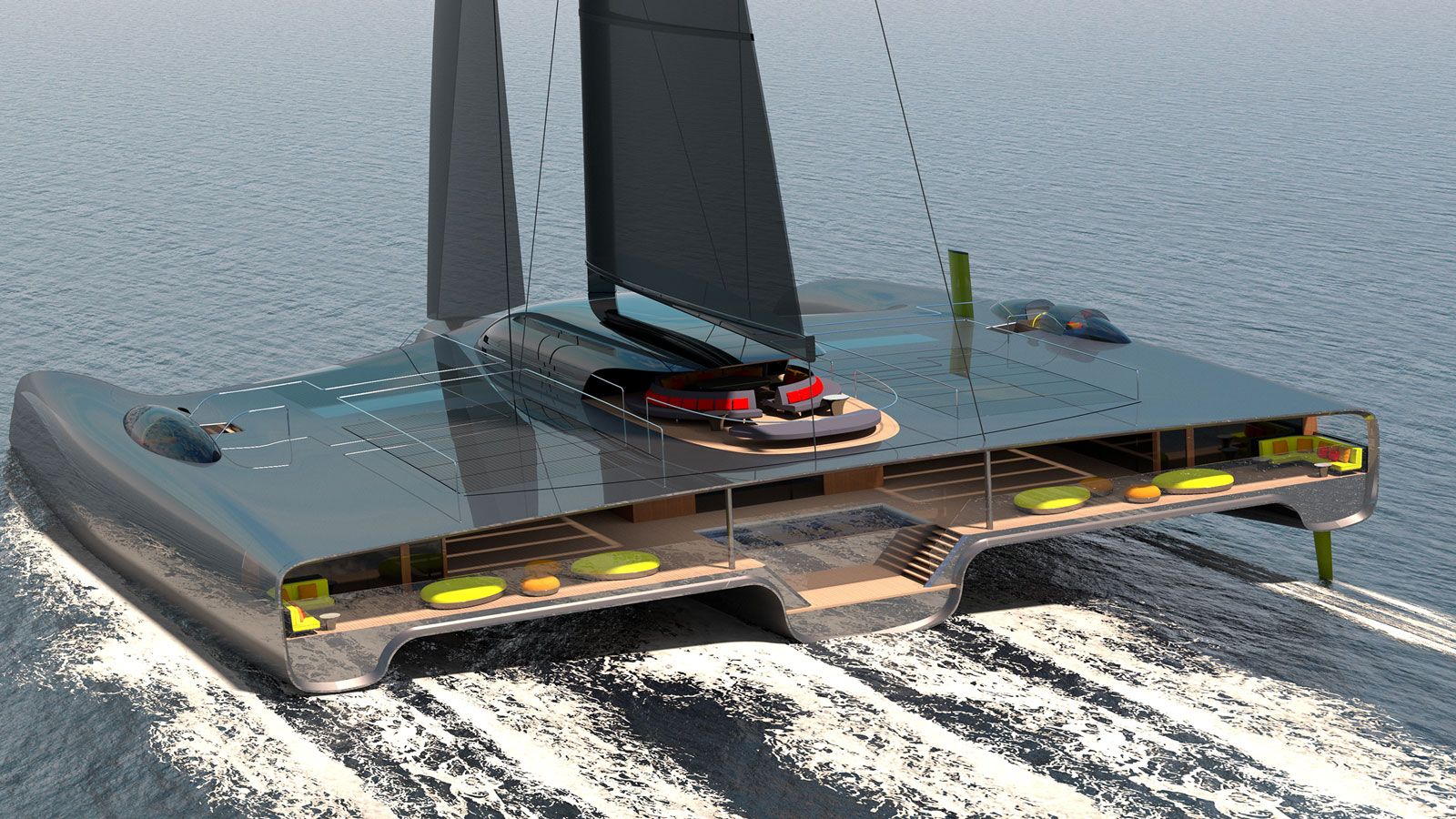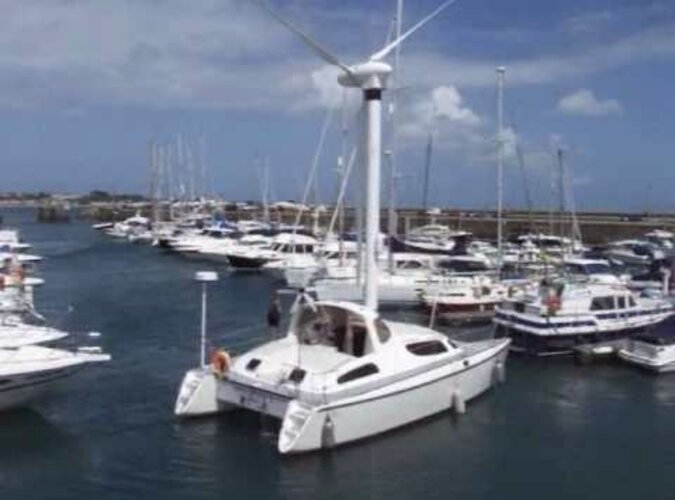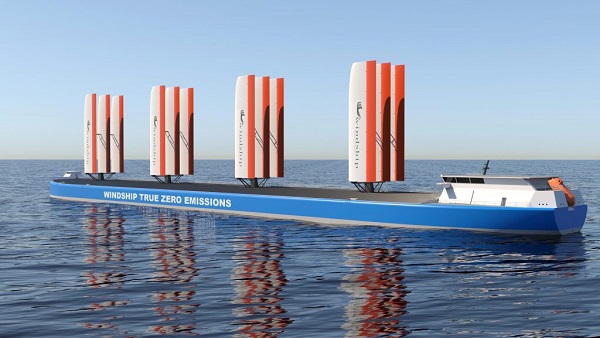T. A. Gardner
ACCESS: Top Secret
- Joined
- 18 February 2021
- Messages
- 1,150
- Reaction score
- 2,021
Ships today, diesel or whatever, are being increasingly run on what's called Distillate Fuel Marine or DFM.
 www.exxonmobil.com
www.exxonmobil.com

Heavy bunker oil, or Heavy Fuel Oil (HFO), is in steep decline in marine use because of environmental regulations. To use it the ship has to pre-heat the HFO to relatively high temperature (usually using waste steam from what are called hotel loads) to decrease the viscosity to a point where it is a thin liquid that can be sprayed into the boiler firebox or fed through fuel injectors into a diesel. That makes it inefficient.
 livebunkers.com
livebunkers.com
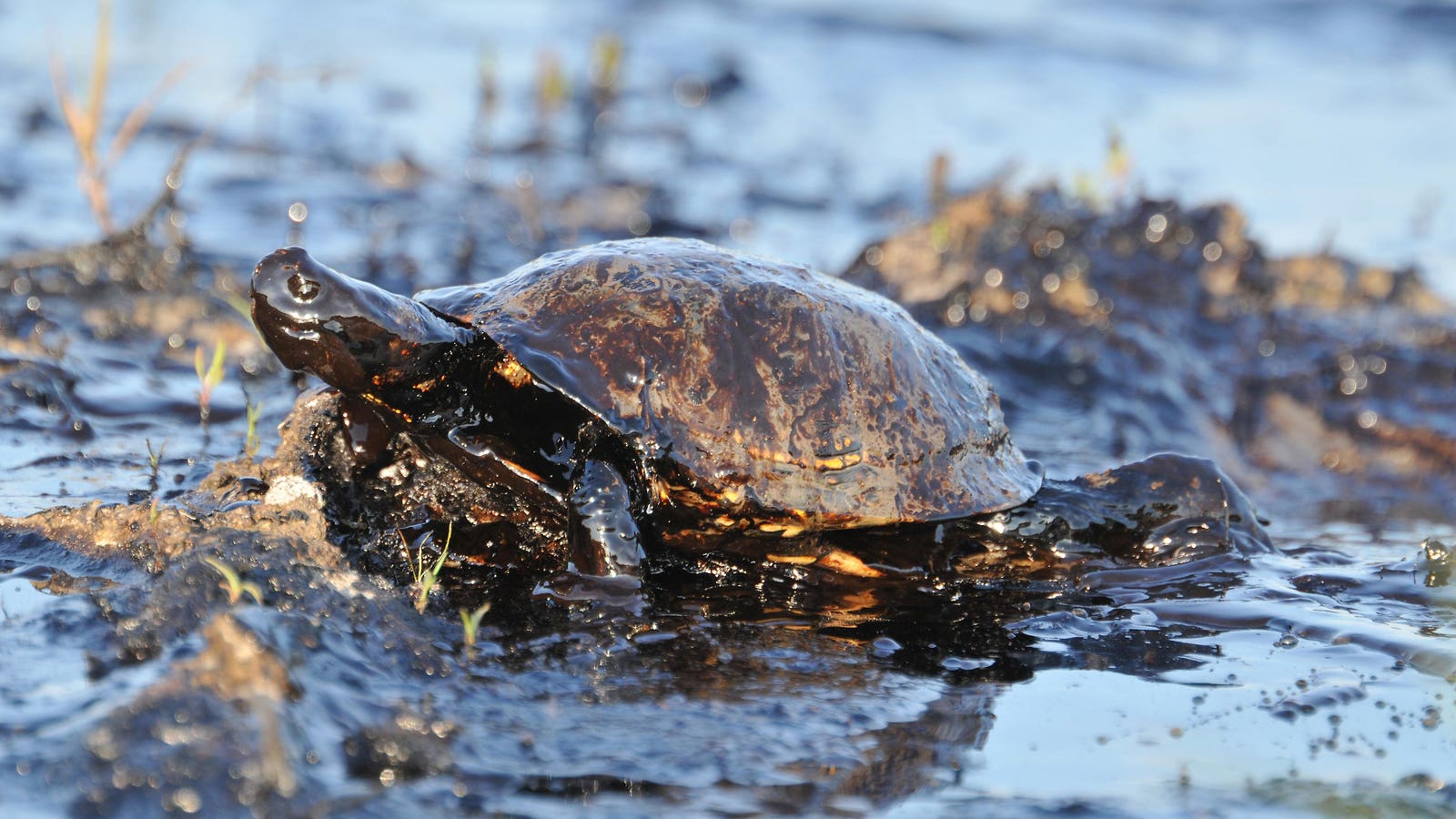
 www.forbes.com
www.forbes.com
What makes its use attractive is the low cost of procuring it.
Pds Details
EXXON MOBIL Corporation supplies marine fuels around the world through its dedicated ExxonMobil Marine Distillate Fuel (EMMF) division
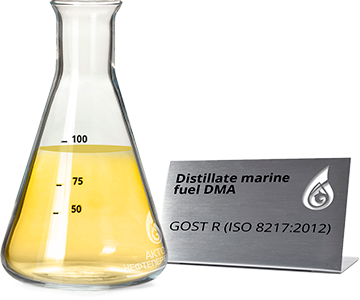
Heavy bunker oil, or Heavy Fuel Oil (HFO), is in steep decline in marine use because of environmental regulations. To use it the ship has to pre-heat the HFO to relatively high temperature (usually using waste steam from what are called hotel loads) to decrease the viscosity to a point where it is a thin liquid that can be sprayed into the boiler firebox or fed through fuel injectors into a diesel. That makes it inefficient.
live bunkers Heavy Fuel Oil (HFO)
Heavy Fuel Oil (HFO) is the residual product that remains after refining the crude oil. HFO is used in heaters, boilers, furnaces, kilns and power generators. On a technical level, HFO, which is often referred to as “refinery residual,” is a complex group of hydrocarbon products that consist of...

What Is Heavy Fuel Oil, And Why Is It So Controversial? Five Killer Facts.
Following a major disaster unfolding in the Indian Ocean involving one of the largest incidents of Heavy Fuel Oil spill last week, here are five key facts about the substance that you must know.
 www.forbes.com
www.forbes.com
What makes its use attractive is the low cost of procuring it.


